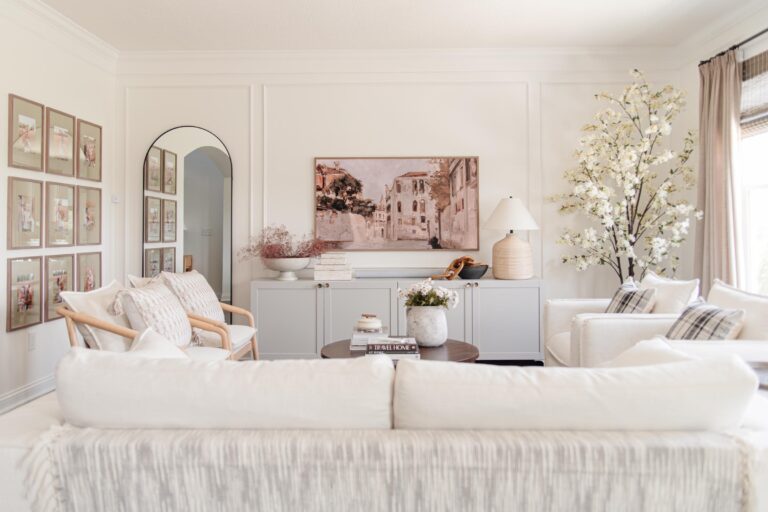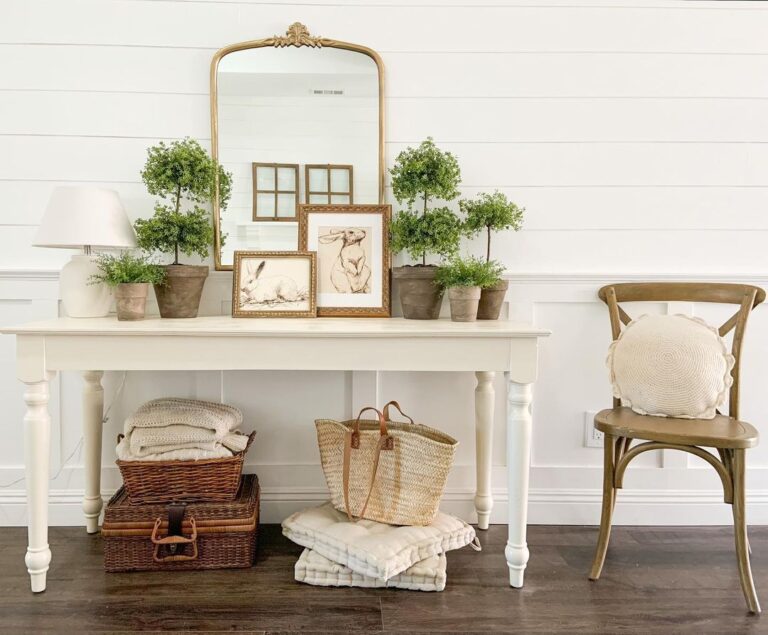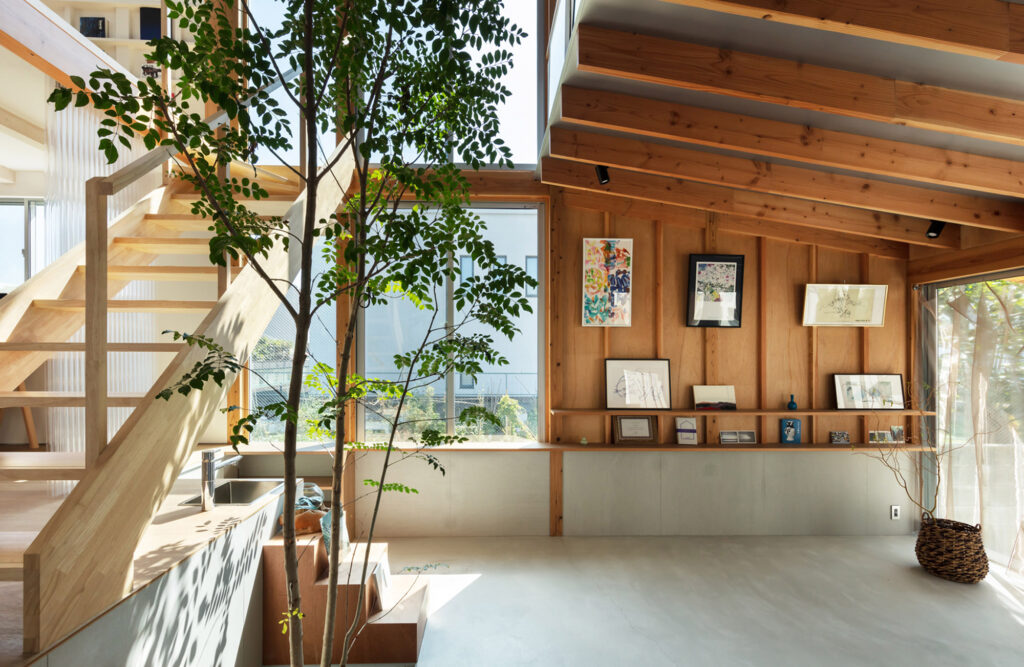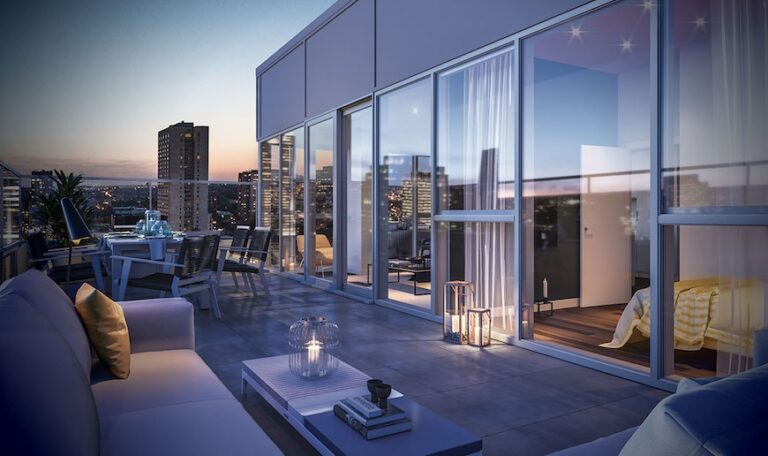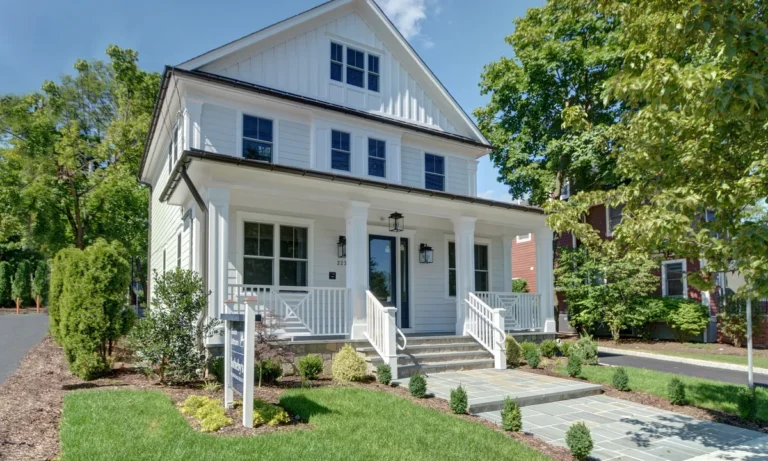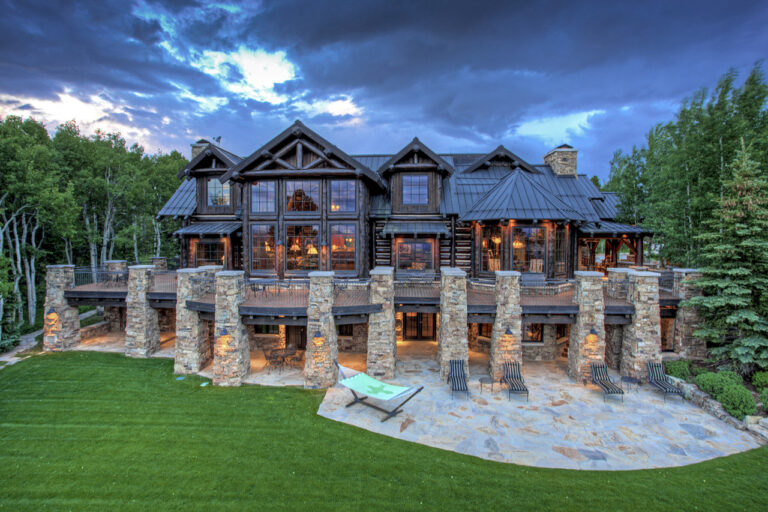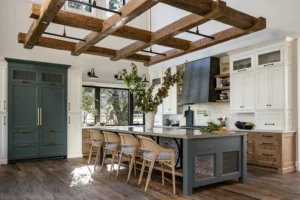I remember the first time I walked into a traditional Japanese home. During a summer trip to Kyoto, I stayed in a centuries-old machiya—one of Japan’s historic townhouses. Stepping through the sliding shoji doors, I was greeted not by the usual clutter of furniture but by an open, serene space filled with natural light. The room was almost bare except for a low wooden table and a beautifully simple ikebana flower arrangement in the corner. The tatami mats underfoot gave off a subtle, grassy scent, and the walls—crafted from natural wood and rice paper—seemed to breathe. It was a world away from the hectic, overstuffed rooms of home, and I immediately felt calm. At that moment, I realized that the beauty of Japanese interior design lay not in what was added but in what was left out. It was about balance, simplicity, and a deep connection to nature—a philosophy that continues to inspire people worldwide, myself included.
The Essence of Japanese Interior Design
Japanese interior design is rooted in “wabi-sabi”, which celebrates the beauty of imperfection and the transient nature of life. Rather than focusing on luxurious excess, this design philosophy emphasizes minimalism, functionality, and natural materials. According to a 2022 report by Statista, the global minimalist design market, heavily influenced by Japanese principles, is estimated to grow to $9.6 billion by 2026, reflecting a growing trend towards simplicity in home design worldwide (1).
Japanese interiors are often associated with tranquillity and balance, achieved through the deliberate use of space, light, and natural elements. Whether designing a small city apartment or a spacious countryside home, incorporating Japanese interior design elements can bring a sense of calm and purpose into your living environment.
Critical Elements of Japanese Interior Design
- Minimalism: Less is More
At the heart of Japanese interior design is the concept of minimalism. Unlike Western design, which often prioritizes filling space with furniture and decor, Japanese design focuses on creating an open, clutter-free environment. This emphasis on simplicity is closely tied to the principles of Zen Buddhism, which teaches that a calm, orderly space leads to a peaceful mind.
You won’t find bulky couches or excessive ornamentation in traditional Japanese homes. Instead, the rooms are sparsely furnished, often with low-to-the-ground pieces like tatami mats and futons. Storage is typically hidden or built-in, helping to maintain the room’s clean, unobstructed look. A Japanese Ministry of Land, Infrastructure, Transport, and Tourism survey found that 83% of Japanese homeowners prioritize functional, minimalist designs when remodelling or decorating their homes (2).
While minimalism is often associated with stark, cold spaces, Japanese minimalism feels warm and inviting due to its use of natural materials like wood, bamboo, and stone.
- Natural Materials and Textures
Japanese interiors are deeply connected to nature, a theme in the materials used throughout the home. Wood, particularly light-coloured woods like pine, cedar, and cypress, is a staple in Japanese design. Wood is everywhere, from the floors to the walls to the furniture, lending warmth and texture to the room. Stone and bamboo are also commonly used, especially in bathrooms and outdoor spaces.
Tatami mats, made from rice straw, are another quintessential feature of traditional Japanese homes. They provide comfort and insulation and contribute to the room’s natural feel. The texture and scent of tatami are so integral to Japanese culture that many homeowners choose to incorporate them even in modern urban apartments.
The natural materials used in Japanese interiors aren’t just for aesthetics—they also help create a healthier living environment. A study by the International Journal of Environmental Research and Public Health found that using natural materials like wood and bamboo in home interiors can reduce stress and improve overall well-being (3).
- Sliding Doors and Open Spaces
Traditional Japanese architecture often features fusuma (sliding doors) and shoji (sliding paper screens). These elements allow spaces to be easily adapted and transformed. Rather than having permanent walls that divide rooms, sliding doors can open up the space, creating a flow between the indoors and outdoors or between living areas. Using fusuma and shoji helps maximize available space, which is particularly important in Japan, where homes tend to be smaller than in many other countries.
Sliding doors also serve an aesthetic function. Shoji screens are made of translucent paper set in a wooden frame, allowing soft, diffused light to filter into the room, creating a peaceful, almost ethereal atmosphere. This play with light is a hallmark of Japanese design, and it’s no wonder that natural lighting is prioritized in such homes. According to a 2023 study, 73% of Japanese homeowners prefer homes with large windows and sliding doors that allow ample natural light to flow in (4).
- Connection to Nature: Bringing the Outside In
In Japanese interior design, there is a seamless connection between the inside of the home and the natural world outside. Large windows or sliding doors that open to a garden, patio, or courtyard are standard, creating a feeling of continuity between the interior and exterior. Even in urban environments, it’s common to see indoor plants, bonsai trees, or an ikebana floral arrangement, which brings nature indoors thoughtfully and deliberately.
This connection to nature is further reinforced through natural colours—muted tones like beige, brown, and soft greens- reflecting the natural landscape. The calm, neutral colour palette allows the mind to relax and focus, a fundamental tenet of Zen philosophy.
One of the most iconic examples is the kare-sansui or Japanese rock garden. Even if a home doesn’t have space for an outdoor garden, a small indoor rock garden can evoke the feeling of a natural retreat. These dry landscapes represent water through patterns raked in sand, symbolizing rivers or oceans.
- Multifunctional Spaces
Multifunctionality is vital, with space often at a premium in Japan, particularly in the cities. Rooms are designed to be adaptable for different purposes. For example, a living room might also serve as a sleeping area at night, with futons rolled out in the evening and stored away during the day. This concept of flexible spaces is becoming increasingly popular outside of Japan as urban living spaces shrink.
A report by GlobalData noted that the global trend of multifunctional living spaces is on the rise, particularly in densely populated urban areas like Tokyo and New York, where real estate comes at a premium (5). This shift reflects a growing interest in adaptable, efficient living environments inspired by Japanese interior design principles.
Why Japanese Interior Design is Gaining Global Popularity
The principles of Japanese interior design are gaining popularity worldwide, and it’s not hard to see why. In an age of constant stimulation and overconsumption, more people are drawn to the simplicity and mindfulness that Japanese design offers. The minimalist, nature-inspired aesthetic is particularly appealing in today’s fast-paced world, where many look to their homes as a place to disconnect and recharge.
In fact, according to a 2022 global design trends report by Houzz, searches for “Japanese interior design” and “Zen-inspired homes” increased by 46% year-over-year as homeowners and designers alike sought to incorporate these calming, intentional elements into their spaces (6). This trend is part of a broader movement towards wellness-focused living, where home environments are designed to promote mental and physical health.
Conclusion:
Embracing Japanese Design in Your Home
Japanese interior design is not just about aesthetics—it’s a philosophy that promotes mindfulness, simplicity, and a deeper connection to the natural world. Whether you live in a spacious house or a small city apartment, Japanese design principles can be adapted to create a serene, functional space that supports a balanced, intentional lifestyle. By incorporating natural materials, minimalism, and multifunctional spaces, you can transform your home into a peaceful retreat from the stresses of daily life. As more people worldwide discover the benefits of these timeless design principles, it’s clear that the influence of Japanese interior design will only continue to grow.


